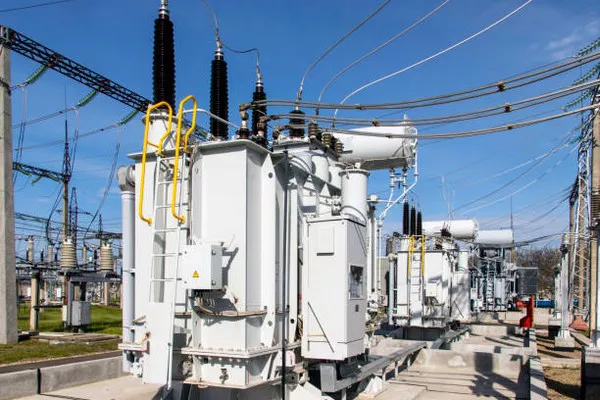Transformer oil, also known as insulating oil, plays a crucial role in the efficient functioning of electrical transformers by providing insulation and cooling. The production of transformer oil is a meticulous process that involves several steps to ensure the final product meets stringent quality standards. In this article, we delve into the intricacies of how transformer oil is made, highlighting the key steps and considerations involved in its manufacturing.
Base Oil Selection
The first step in transformer oil manufacturing is the careful selection of base oils. Base oils are typically mineral oils derived from crude oil, and their quality significantly influences the final characteristics of the transformer oil. Manufacturers often opt for highly refined mineral oils, as they exhibit excellent electrical insulating properties and thermal stability.
Refining Process
Once the base oil is selected, it undergoes a series of refining processes to remove impurities and enhance its performance. The refining process typically involves distillation, solvent extraction, and hydro-treatment. Distillation separates the different components of the base oil based on their boiling points, while solvent extraction and hydro-treatment further purify the oil by removing contaminants and undesirable components.
Additive Incorporation
To impart specific properties and enhance the overall performance of transformer oil, various additives are incorporated during the manufacturing process. Common additives include antioxidants, inhibitors, and anti-foaming agents. Antioxidants help prevent the oxidation of the oil, ensuring long-term stability and performance. Inhibitors protect the transformer components from corrosion, while anti-foaming agents prevent the formation of bubbles that can hinder the oil’s cooling capabilities.
Hydrogenation
Hydrogenation is a critical step in transformer oil manufacturing, especially for oils destined for high-voltage applications. This process involves the introduction of hydrogen gas under specific temperature and pressure conditions. Hydrogenation helps improve the oil’s thermal stability and reduces its susceptibility to oxidation, ensuring a longer service life for the transformer.
Dehydration and Degassing
Transformer oil must be free from water and gases to ensure optimal performance and prevent insulation breakdown. Dehydration removes any water content from the oil, typically through processes such as vacuum distillation or the use of absorbent materials. Degassing, on the other hand, eliminates dissolved gases by subjecting the oil to a vacuum or utilizing special equipment. These processes are crucial to maintaining the dielectric strength of the transformer oil.
Testing and Quality Control
Throughout the manufacturing process, rigorous testing and quality control measures are implemented to ensure that the transformer oil meets industry standards and specifications. Common tests include dielectric strength testing, flash point testing, and acidity testing. Dielectric strength testing assesses the oil’s ability to withstand electrical stress, while flash point testing determines its flammability. Acidity testing helps identify any acidic components that could compromise the oil’s insulating properties.
Filtration
Before packaging, transformer oil undergoes thorough filtration to remove any remaining particles or impurities. Filtration is typically done using specialized equipment such as high-vacuum degasifiers or filter presses. This step ensures that the final product is free from contaminants that could affect the transformer’s performance.
Packaging and Storage
Once the manufacturing process is complete, the transformer oil is packaged into appropriate containers for distribution and use. It is crucial to store the oil in a controlled environment to prevent contamination and degradation. Manufacturers often provide guidelines for proper storage conditions, emphasizing factors such as temperature control and protection from sunlight.
See Also What Is A Transformer Outlet On A Surge Protector
Conclusion
The production of transformer oil is a complex and highly controlled process that demands attention to detail and adherence to stringent quality standards. From the selection of base oils to the incorporation of additives, each step contributes to the final product’s ability to provide effective insulation and cooling in electrical transformers. As technology advances and electrical systems evolve, the demand for high-quality transformer oil continues to grow, making the manufacturing process a crucial aspect of ensuring the reliability and longevity of electrical infrastructure.

